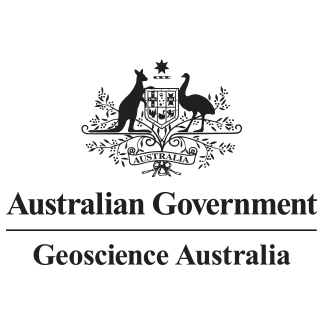Full description
Alkaline and related rocks are a relatively rare class of igneous rocks worldwide. Alkaline rocks encompass a wide range of rock types and are mineralogically and geochemically diverse. They are typically though to have been derived by generally small to very small degrees of partial melting of a wide range of mantle compositions. As such these rocks have the potential to convey considerable information on the evolution of the Earth’s mantle (asthenosphere and lithosphere), particularly the role of metasomatism which may have been important in their generation or to which such rocks may themselves have contributed. Such rocks, by their unique compositions and or enriched source protoliths, also have considerable metallogenic potential, e.g., diamonds, Th, U, Zr, Hf, Nb, Ta, REEs. It is evident that the geographic occurrences of many of these rock types are also important, and may relate to presence of old cratons, craton margins or major lithospheric breaks. Finally, many alkaline rocks also carry with them mantle xenoliths providing a snapshot of the lithospheric mantle composition at the time of their emplacement.Accordingly, although Alkaline and related rocks comprise only a volumetrically minor component of the geology of Australia, they are of considerable importance to studies of lithospheric composition, evolution and architecture and to helping constrain the temporal evolution of the lithosphere, as well as more directly to metallogenesis and mineralisation.
This GIS product presents the first part of an ongoing compilation of the distribution and geology of alkaline and related rocks throughout Australia. The accompanying report document alkaline and related rocks of Archean age. All are from the Pilbara and Yilgarn Cratons of Western Australia. The report also reviews the nomenclature of alkaline rocks and classification procedures. GIS metadata is documented in the appendices.
Lineage
Maintenance and Update Frequency: asNeededNotes
PurposeThis GIS project contains spatial representations of alkaline and related rocks of Archean age, all of which are located in the Pilbara and Yilgarn Cratons of Western Australia.
Created: 20 06 2022
Issued: 20 10 2022
Data time period: 2022-06-20 to 2022-06-20
text: westlimit=112.00; southlimit=-44.00; eastlimit=154.00; northlimit=-9.00
User Contributed Tags
Login to tag this record with meaningful keywords to make it easier to discover
Download the data (gdb) [1.8 MB]
uri :
https://d28rz98at9flks.cloudfront.net/146944/146944_00_0.zip![]()
Download the data (shapefile) [253 KB]
uri :
https://d28rz98at9flks.cloudfront.net/146944/146944_01_0.zip![]()
Download the data (mapinfo) [166 KB]
uri :
https://d28rz98at9flks.cloudfront.net/146944/146944_02_0.zip![]()
Archean alkaline and related igneous rocks of Australia MapServer
Archean alkaline and related igneous rocks of Australia WMS
Archean alkaline and related igneous rocks of Australia WFS
Archean alkaline and related igneous rocks of Australia MapServer
local : 146945
Archean alkaline and related igneous rocks of Australia WMS
local : 146946
Archean alkaline and related igneous rocks of Australia WFS
local : 146947
- DOI : 10.26186/146944

- Local : pid.geoscience.gov.au/dataset/ga/146944
- global : 7c0a177d-9733-452c-95e2-671af856e54b


